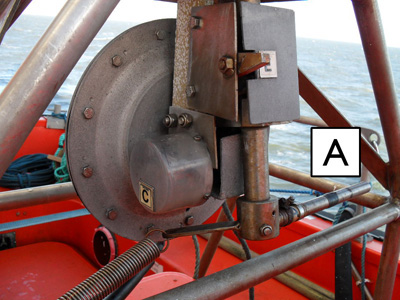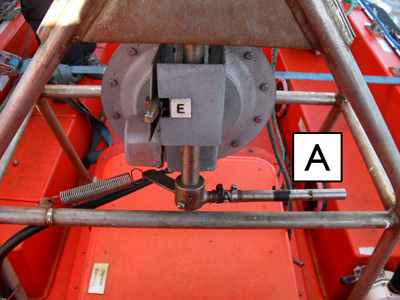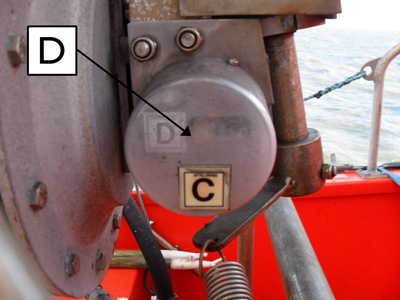Safety alert
Deficiencies in a particular brand of hydrostatic release units for liferafts
May 25, 2010
The Swedish Transport Agency has recently discovered that the hydrostatic release unit type Fenner Hydrostatic Release Units for Liferaft (HRU) did not meet the quality requirements set by International Maritime Organization IMO.
Maritime Department surveyors have bought and tested the performance of 10 new units and the results showed that 9 of the 10 tested units did not work according to set requirements.
Only 1 of 10 HRU’s was activated in less than 4 meters water depth, which is a requirement.
Only 2 of 10 (including one exceeding 4 meters depth) cut off the line completely.
Lloyds Register, which has type approved these products, has been informed of the deficiencies and intends to withdraw the product’s type approval certificate.
The Swedish Transport Agency would like to alert the shipping industry and owners of hydrostatic release units to investigate whether Fenner HRU is on board and, if so, immediately replace them with other type approved wheel marked brands.
MOB Boat fell


Inspection by the maker and the classification company after the accident shows that the interlock lever (D) from the hydrostatic unit was stuck in the unlocked position. This interlock lever should come automatically back to the locked position by a spring but this automatic return did not function and was found stuck. Thus it was possible to release the boat from its position in the davit.

